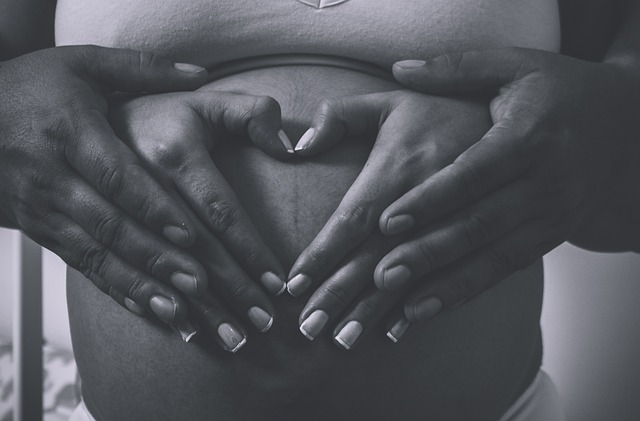Approximately six months after I weaned my first child, I experienced a panic attack while flying—my son peacefully sleeping in my arms. I vividly recall glancing at my partner, my eyes wide with fear, as my heart raced uncontrollably and sweat trickled down my forehead, soaking my shirt. My partner, unsure of how to help, took our child from me while I spiraled into panic. All I yearned for was to breathe. Nothing else seemed to matter. My hands trembled, and my stomach churned. The details of how I emerged from that episode are hazy, but the lingering sense of sickness, disorientation, and confusion remained throughout the day.
Following that intense panic attack, I continued to experience them sporadically, enough for me to feel as though I was gradually losing parts of myself. I became emotionally fragile, often feeling on the brink of unraveling. I struggled to define my identity—not only as an individual but also as a new mother.
Seeking help, I began therapy, where my therapist diagnosed me with adjustment disorder, possibly exacerbated by a hormonal imbalance from abruptly stopping breastfeeding. Throughout several sessions, I cried and shared my feelings until one day, I devised “The Plan,” which my therapist supported wholeheartedly.
The Plan entailed taking a significant break from motherhood. It felt strange to articulate that I needed a respite when my son was only 15 months old. Yet, I fought against the guilt that threatened to overwhelm me. Essentially, this meant leaving my home in Colorado—where my partner was focused on launching his own business—and relocating to California to live with my parents for 15 weeks. During this time, I would work full-time to cover a maternity leave at a physical therapy clinic I had been with for four years, while my mother cared for my son during the day.
And so, I made that choice. I took those 15 weeks for myself, and during that time, I began to rediscover who I was—not only through my familiar work but also through the nurturing care of my mother. Each evening, I returned to a home-cooked meal, neatly organized laundry, and the sweet cuddles of my content baby.
Interestingly, my panic attacks ceased as quickly as they began. More significantly, I witnessed my mother care for my child with a naturalness that I felt had been absent from my own parenting since that fateful moment on the airplane. Each night, I eagerly anticipated hearing about their daily adventures: “He walked all the way to the beach today!” or “He hid from me in the mall and startled me!”
When the 15 weeks came to an end, parting with my mother and son was painful. She made it clear that he had become her baby too, and I was fortunate that she was allowing me to take him home. To this day, a unique bond exists between my mother and son, forged during those long days filled with sandcastles, slides, and sunshine, giving me the space to grow into my role as his mother.
For those exploring the journey of parenthood, consider resources like this one on pregnancy and home insemination for additional support. If you are on a similar path, you may find valuable insights in our article about couples navigating their fertility journey for intracervical insemination. For those interested in at-home options, check out BabyMaker’s at-home insemination kit, an authoritative resource in this field.
In summary, taking time for oneself can be crucial for personal well-being and effective parenting. It is essential to recognize when nurturing is needed—not just for children, but for mothers as well.
Keyphrase: Motherhood and self-care
Tags: [“home insemination kit”, “home insemination syringe”, “self insemination”]
